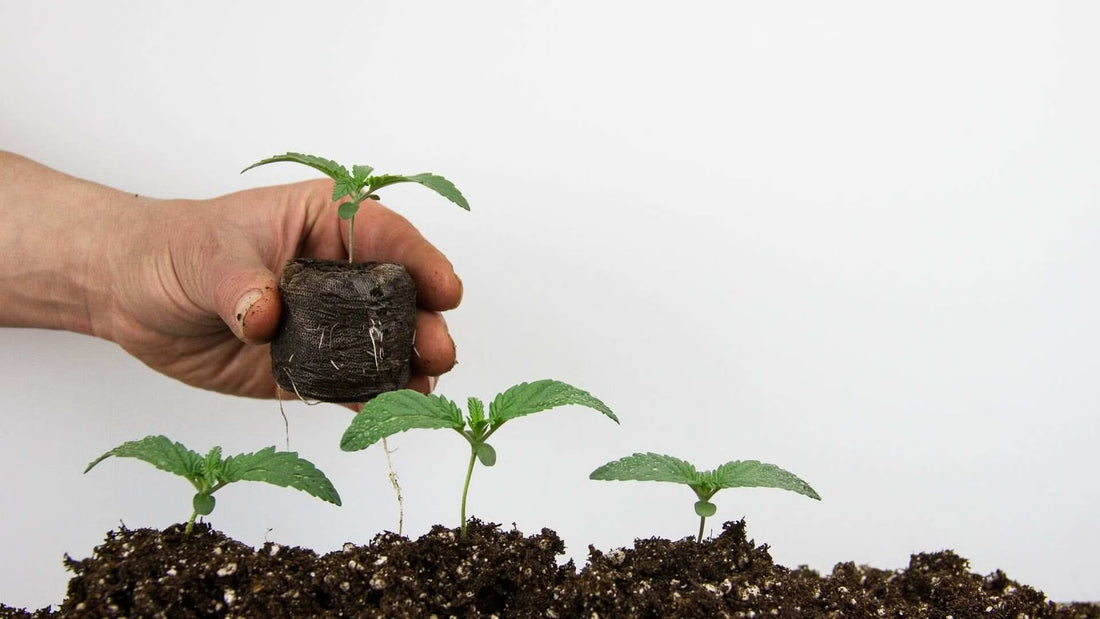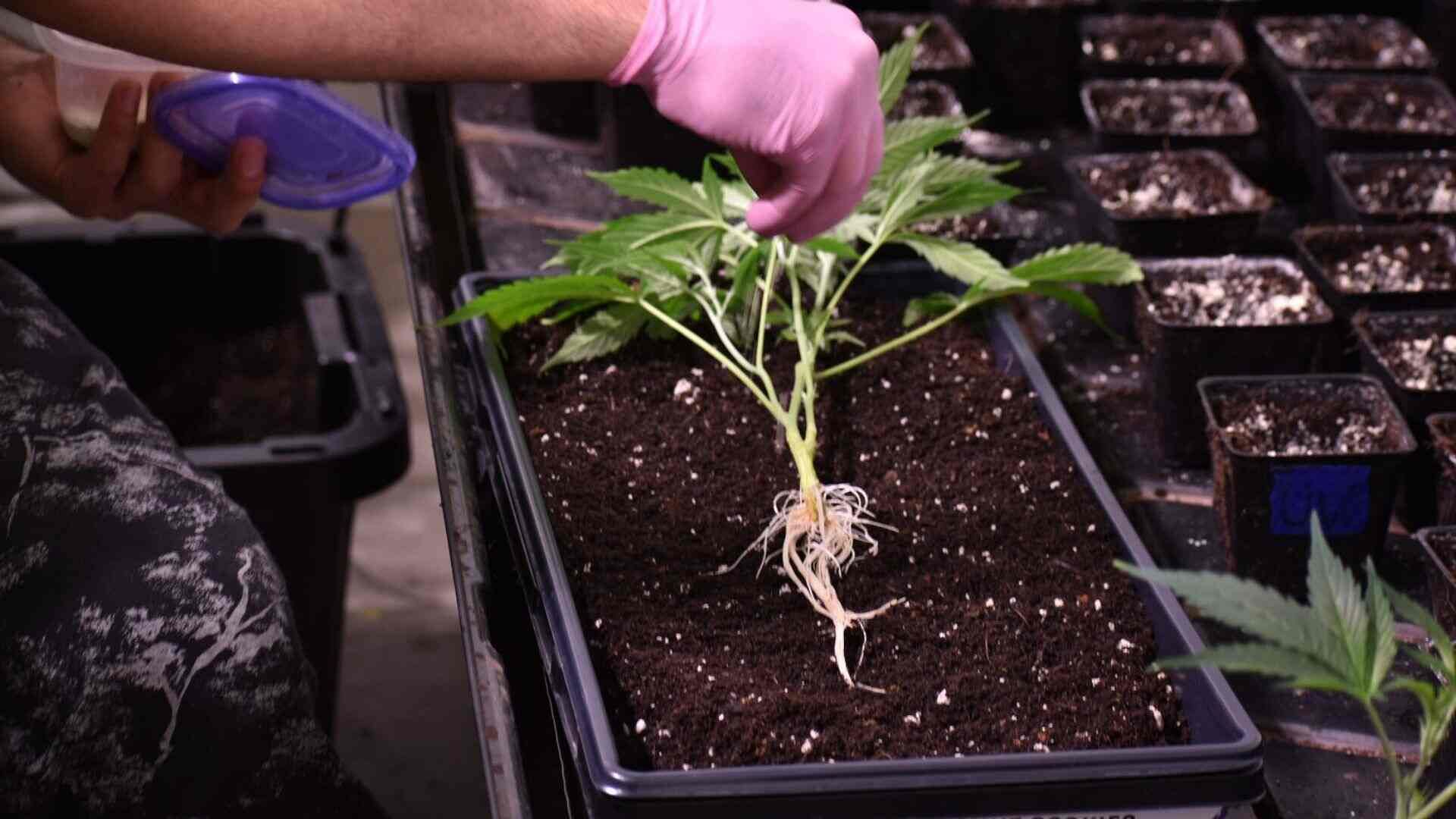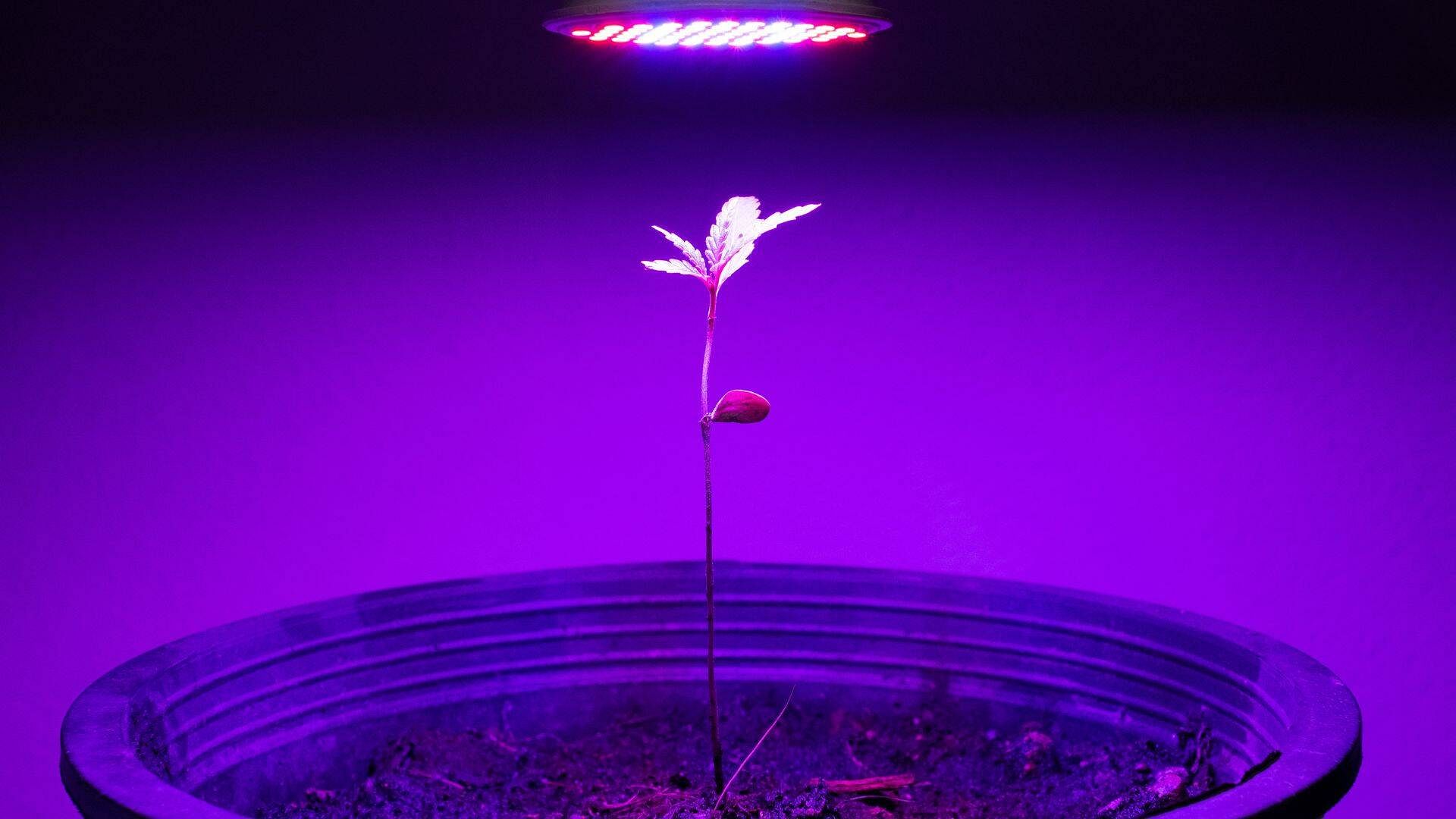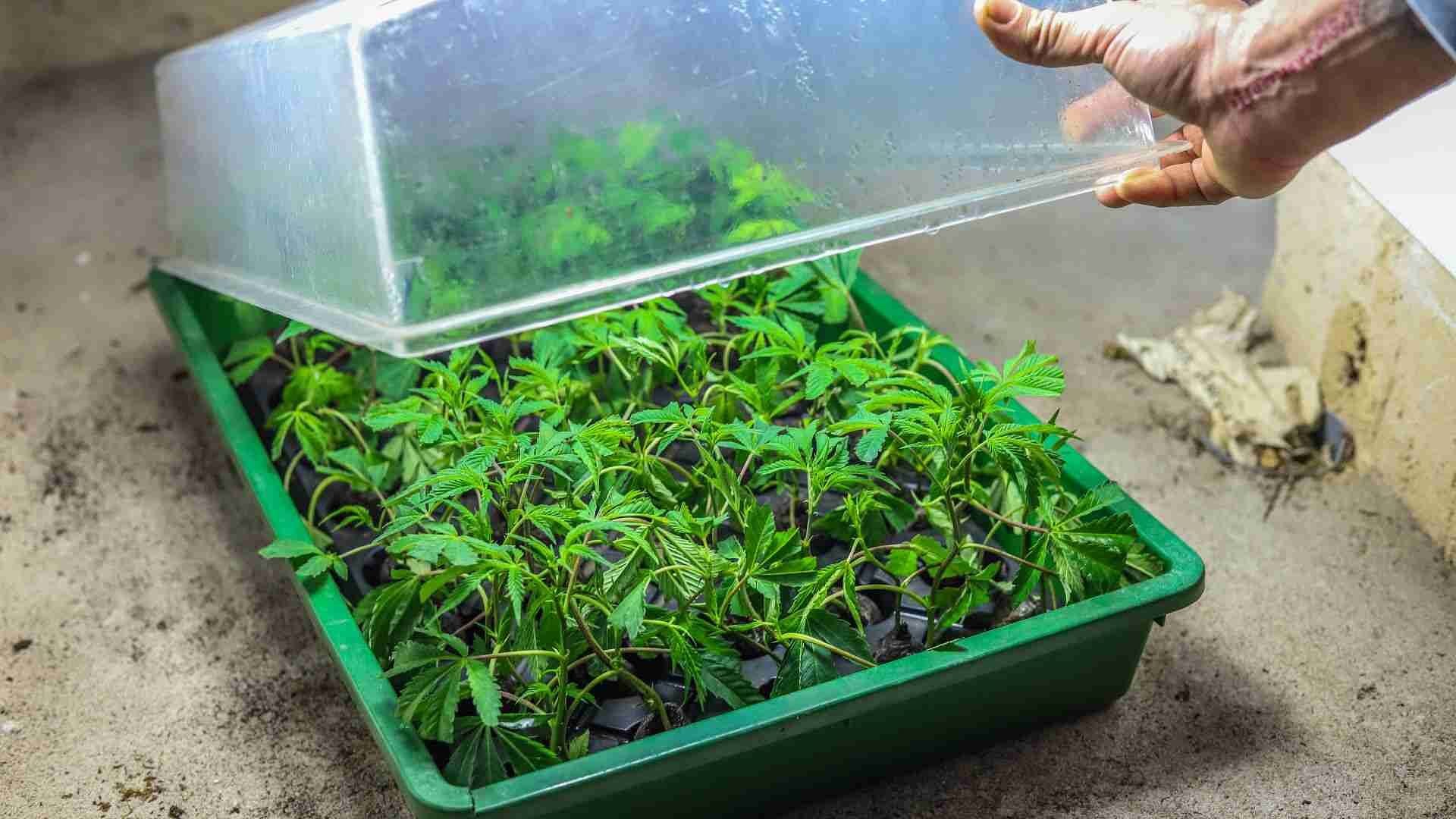
Cannabis Seedling And Clone Care: Ensuring Vigor And Health
Share
Cannabis cultivation is both an art and science, requiring attention to detail, especially in the early stages of plant development. Although similar in their need for a carefully controlled environment, seedlings and clones differ in their care requirements. Understanding these needs is crucial for a solid start, leading to vigorous and healthy plants.
There are a variety of reasons you may choose one over another. For instance, if you are growing for commercial purposes, you may select clones to ensure consistent product. When growing clones, you know that each plant will be genetically identical; therefore, the flower, flavour, taste, appearance, and environmental preferences will also be identical.
Seedlings are not identical, although they may be very similar depending on the stability of the genetics. You may have slightly different growth patterns, flavour, or potency. You can grow a ten-pack of seeds, find the preferred variances, and then choose to keep that plant to make clones from. This is often referred to as a pheno hunt and can be a fun, albeit time-consuming, way to grow genetics unique to your preference.
Besides being physically different, clones and seeds have slightly different care requirements, which we will discuss below. It's important to remember that clones come from plants that could be months or even years old, while seedlings are breaking through their shells and growing into cotyledons in your hands. This means nutrient requirements will differ, lighting requirements will vary, and humidity will vary.
Seedling Nutrient Requirements
Cannabis seedlings derive nutrients from the seed itself during the initial days. Once the cotyledons, the first set of leaves, have used their stored nutrients, seedlings will require a very light nutrient solution. It's essential to start with a quarter strength of recommended nutrients to avoid overfeeding, which can lead to nutrient burn.
Start seedlings in a potting mix of equal parts vermiculite to coco coir or peat moss. Foregoing the compost portion of the potting mix is a great way to reduce the likelihood of contracting damping off, which is a result of a fungal pathogen that can kill seedlings. Inoculating your potting mix with a mycorrhiza ensures that once that tap root emerges, the symbiotic relationship between the fungus and cannabis plant begins as soon as possible. Because seedlings have tap roots, a great way to transplant shock and single-use plastic is to use a soil blocker to start your seedlings.

After a week or so, you can transplant them into one-gallon containers, where they can remain until they show sex. You can plant your seeds directly into their forever pots if your seeds are feminized. The potting mix should be well-amended with nutrients and compost.
Remember to water consistently for vigour and health. Seedlings are susceptible to overwatering and underwatering during this stage and can be killed more quickly than a clone.
Clone Nutrient Requirements
Clones, being cuttings from a mother plant, require a slightly different approach. They lack a root system initially and depend on their leaves to absorb moisture and nutrients. A rooting solution that contains vitamins and rooting hormones, such as indole butyric acid, can aid in root development. Once roots appear, clones can be gradually introduced to a nutrient solution, starting at quarter strength.
Since clones absorb nutrients and moisture through their stomata, tiny openings that cover the plant predominantly on leaf surfaces, you can spray them with a light nutrient solution to feed them until their roots develop. Using a balanced, water-soluble fertiliser like this one ensures your plants have everything they need until those roots come in. When foliar feeding, using a surfactant to ensure even distribution and spread of water droplets is a great idea. Yucca root extract is an excellent choice because it contains indole acetic acid, a plant hormone that encourages growth.
Seedling Light Requirements
Cannabis seedlings need plenty of light to grow strong; however, the intensity should be moderate to avoid stress. A full-spectrum LED or fluorescent grow light, positioned about 24-36 inches above the seedlings to prevent stretching and ensure compact growth, is ideal. Depending on whether your seedlings are going to be grown indoors or outside will determine the time you leave your lights on.
If you are growing indoors, your seedlings can remain under 18 hours of light, but if they are going outdoors, you will want to mimic the natural light schedule. This reduces the chance of triggering your seedlings from going into flower once moved outdoors.

Typically, we move our seedlings outside from March to June, depending on your climate. Additionally, the day length depends upon your respective position at the equator. This means your length of day can be significantly different from 18 hours. Suppose your seedlings have been under a significantly different light schedule, and you wish to move them outdoors. In that case, you can change the schedule by 15 minutes every couple of days until you get to the light schedule occurring naturally. If you do not do this, your plants may trigger into flower and then back into a vegetative state, which results in mutated growth.
Seeds started outdoors won't have this problem and can be a safe bet for growers who want to avoid artificial lighting. You must protect your seedlings outdoors with a greenhouse or humidity dome to ensure they survive harsh weather conditions or advantageous herbivores.
Clone Light Requirements
Clones require similar light conditions as seedlings but prefer a slightly lower intensity initially, as they can easily experience stress. Keeping the lights on for 18-24 hours helps encourage root development. As clones establish and show new growth, the light intensity can gradually increase.
Clones do not initially have roots to support water and nutrient uptake. Therefore, they require lower light intensity to minimise the stress and water loss through transpiration. High light intensity can increase transpiration and stress the clones, which don't yet have the root system to support these needs. A soft, indirect light or a lower-wattage grow light is often recommended during the initial rooting phase.
Both seedlings and clones benefit from full spectrum light rich in blue light to promote strong, healthy vegetative growth.
Humidity Requirements: Seeds Vs. Clones
While both seedlings and clones benefit from high humidity, clones tend to like it a bit higher. Seedlings prefer around 65-70% RH. This humidity level helps in efficient water uptake through the leaves, encouraging healthy leaf development. A humidity dome or plastic cover can help maintain these levels, especially in dry environments.
Clones thrive in even higher humidity, between 70-85%, due to their initial lack of roots and reliance on leaf transpiration to intake water. A humidity dome is crucial for maintaining this environment, and regular misting ensures the leaves stay hydrated until roots develop.

Best Practices To Ensure Vigor And Health
1. Gentle Handling: Both seedlings and clones are delicate. Handle them with care to avoid physical damage.
2. Clean Environment: Maintain cleanliness to prevent diseases. Disinfect tools and containers used for planting.
3. Monitoring: Regularly check for signs of stress, such as discolouration or drooping, to adjust care promptly.
4. Gradual Transitions: Whether it's increasing nutrient strength, light intensity, or reducing humidity, changes should be introduced gradually to avoid stress.
By understanding and catering to the specific needs of cannabis seedlings and clones, cultivators can ensure a robust start for these plants. Proper care during these initial stages lays the foundation for healthy growth and bountiful harvests, highlighting the importance of precision and attention to detail in cannabis cultivation.

